The Psychology of Color in Branding: What Your Colors Really Say
- G2MDA

- Oct 28
- 2 min read
Your brand colors do more than look good — they send a message. Here's how to choose the right palette that speaks to your audience and builds trust.
Color is one of the first things people notice about your brand. But it’s not just about aesthetics — it’s about emotion and perception.

At G2 Marketing & Development Agency (G2MDA), we use color psychology in branding to help businesses connect with the right people, set the right tone, and influence action.
Whether you're choosing your first palette or rethinking your current look, here’s what you need to know about the psychology behind color in branding.
Why Color Choice Matters
People form a first impression of your brand within 90 seconds — and up to 90% of that is based on color alone.
Color shapes emotional response, brand recognition, and even buying decisions.
The wrong color can send the wrong message — even if everything else is on point.
What Different Colors Say About Your Brand
Here’s a breakdown of what some of the most common brand colors communicate:
🔵 Blue
Trust, stability, calm, professionalismUsed by: Facebook, PayPal, American Express
Great for: Financial, tech, corporate, wellness brands
🔴 Red
Energy, urgency, boldness, excitementUsed by: Coca-Cola, YouTube, Target
Great for: Retail, food, entertainment, youth-focused brands
🟢 Green
Growth, nature, health, balanceUsed by: Whole Foods, Spotify, Tropicana
Great for: Health, eco-friendly, finance, wellness
🟡 Yellow
Optimism, friendliness, clarity, warmthUsed by: McDonald’s, Snapchat, IKEA
Great for: Hospitality, children’s products, startups
⚫ Black
Luxury, sophistication, power, eleganceUsed by: Chanel, Nike, Apple (when paired with silver/white)
Great for: Fashion, tech, high-end services
🟣 Purple
Creativity, royalty, wisdom, imaginationUsed by: Hallmark, Twitch, Yahoo
Great for: Creative industries, wellness, luxury
How G2MDA Chooses Brand Colors
When we design for clients, we never pick colors based on preference — we choose them based on:
Your target audience
Your industry norms vs disruption goals
The emotional tone you want to convey
The platforms you’ll use most (e.g., digital vs packaging)
“Color has power — if you use it with purpose,” says G2MDA co-founder Eugene Reid.
Tips for Using Color Effectively
✅ Stick to 2–3 primary brand colors (with optional accent shades)
✅ Use color consistently across all touchpoints
✅ Test contrast and accessibility (especially online)
✅ Don’t overuse bright/neon colors — they can fatigue the viewer
✅ Use color to guide user actions (e.g., CTA buttons)
Final Thought
Color isn’t just decoration — it’s strategy.Used well, it makes people feel before they think. And when your colors align with your message, your brand becomes unforgettable.

Comments